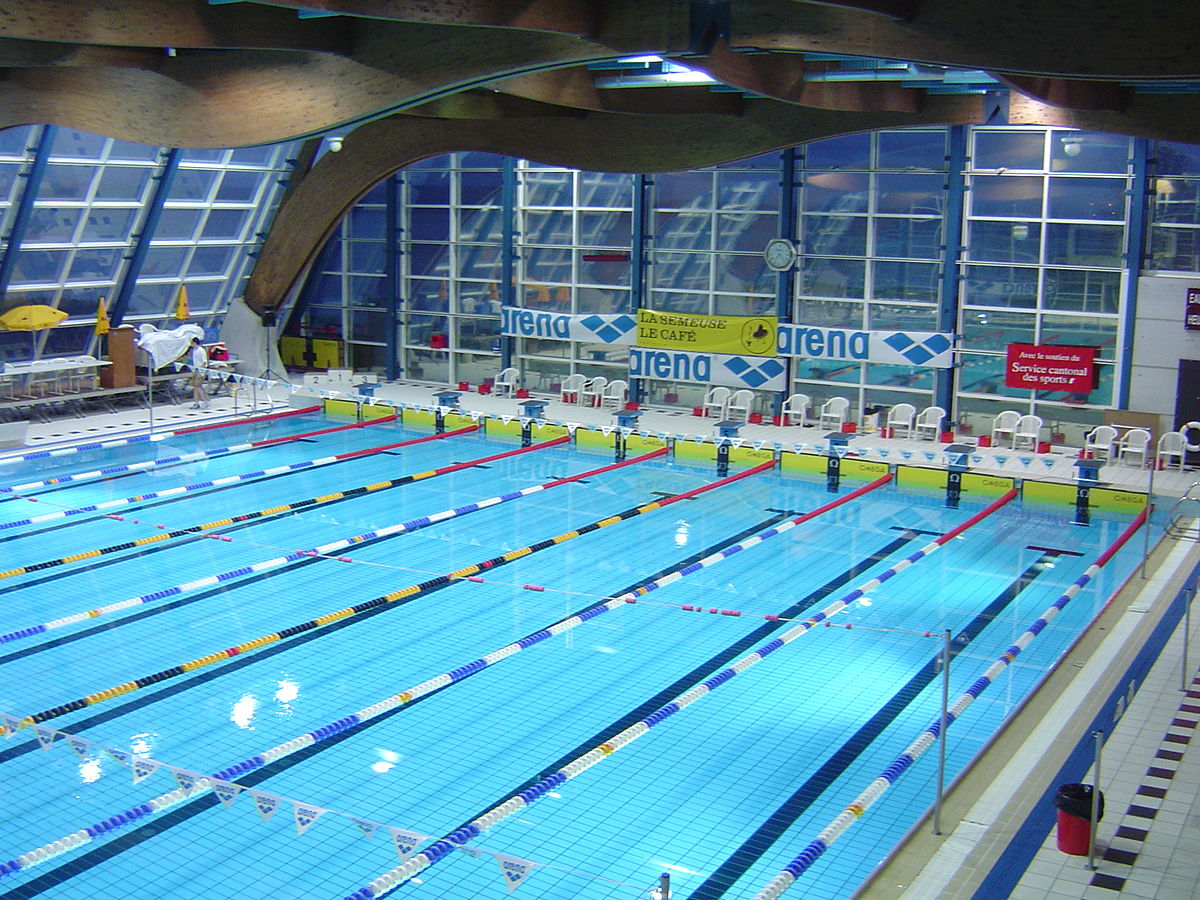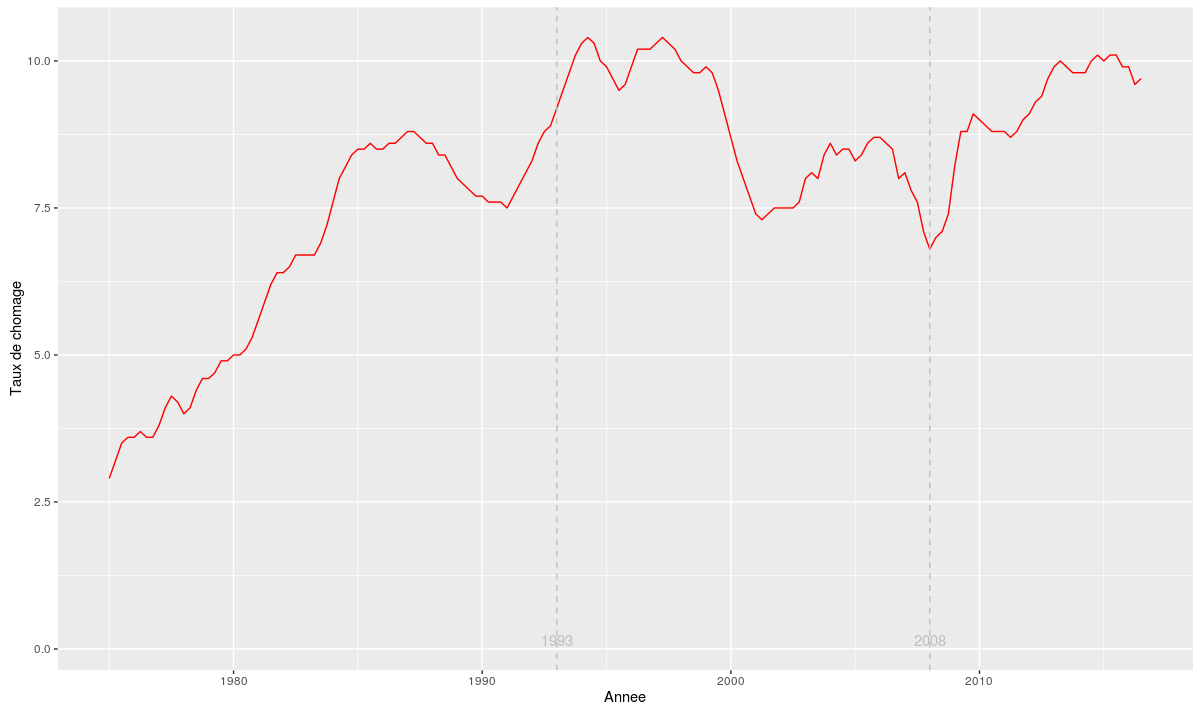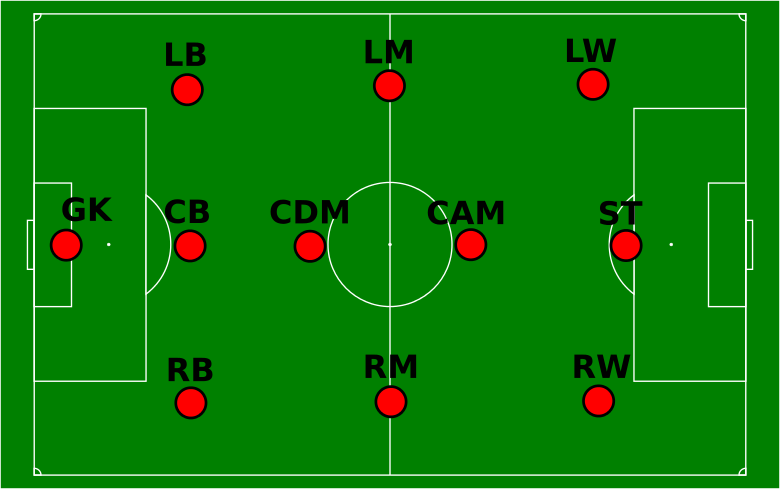Eurovision 2019 – prédictions
Sur le même modèle que l’année dernière (et, nous l’espérons, avec autant de succès !), nous allons tenter de faire nos prédictions pour l’Eurovision 2019, avec toujours un modèle basé sur les statistiques des vidéos publiées sur Youtube (la liste des vidéos en lice cette année est ici). Les données Rappel : nous utilisons les informations disponibles sur les vidéos Youtube : nombre de vues, nombre de “Like” et nombre de “Dislike”. Nous récupérons ces informations grâce au package R…





